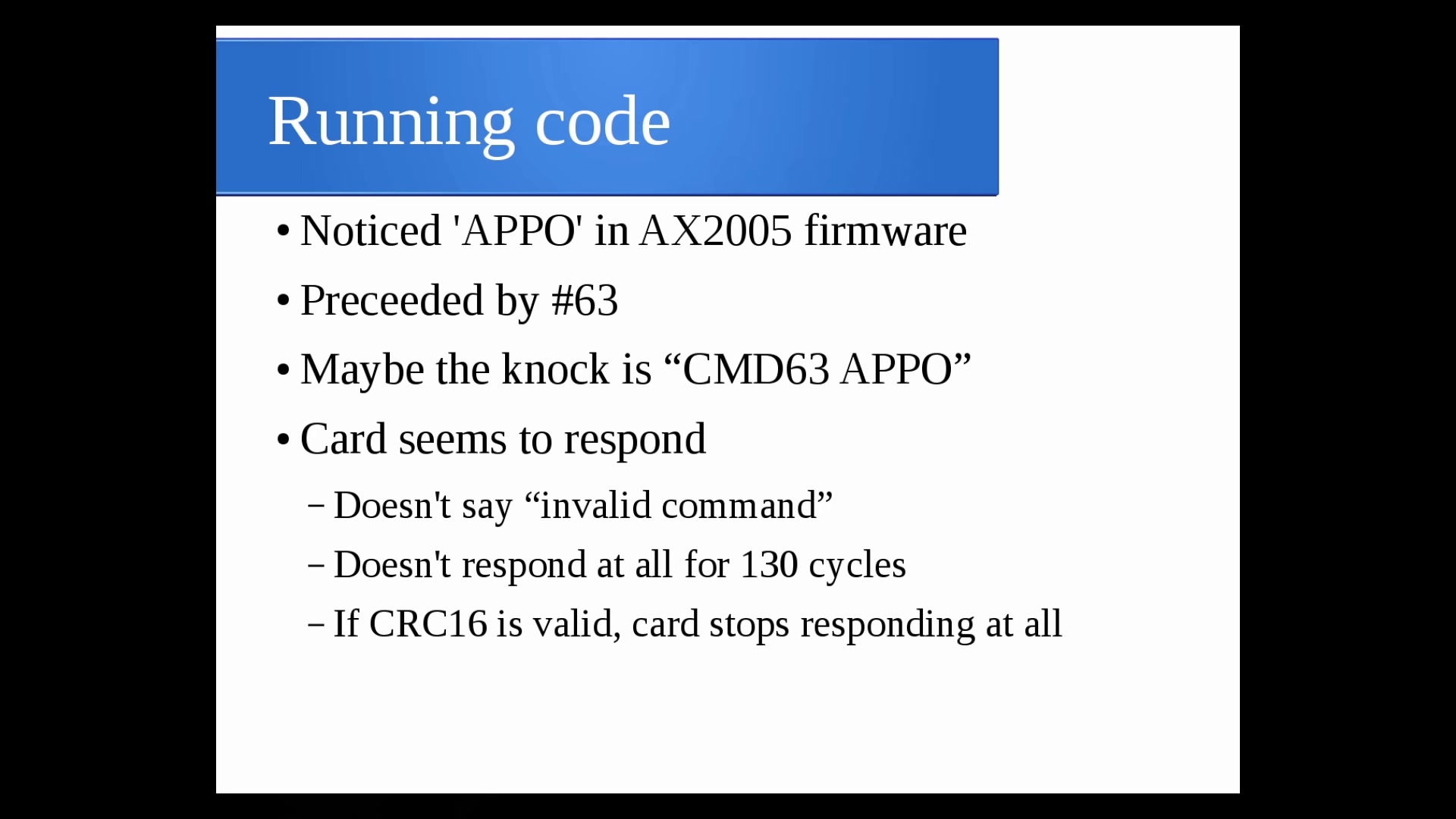Phoronix: Open-Channel SSD Support Still Baking For The Linux Kernel
Matias Bj?rling continues tackling support for "open-channel SSDs" within Linux. His fourth revision to his Open-Channel SSD patch-set has been published and re-based against code in development for the Linux 4.3 kernel...
Matias Bj?rling continues tackling support for "open-channel SSDs" within Linux. His fourth revision to his Open-Channel SSD patch-set has been published and re-based against code in development for the Linux 4.3 kernel...



Comment